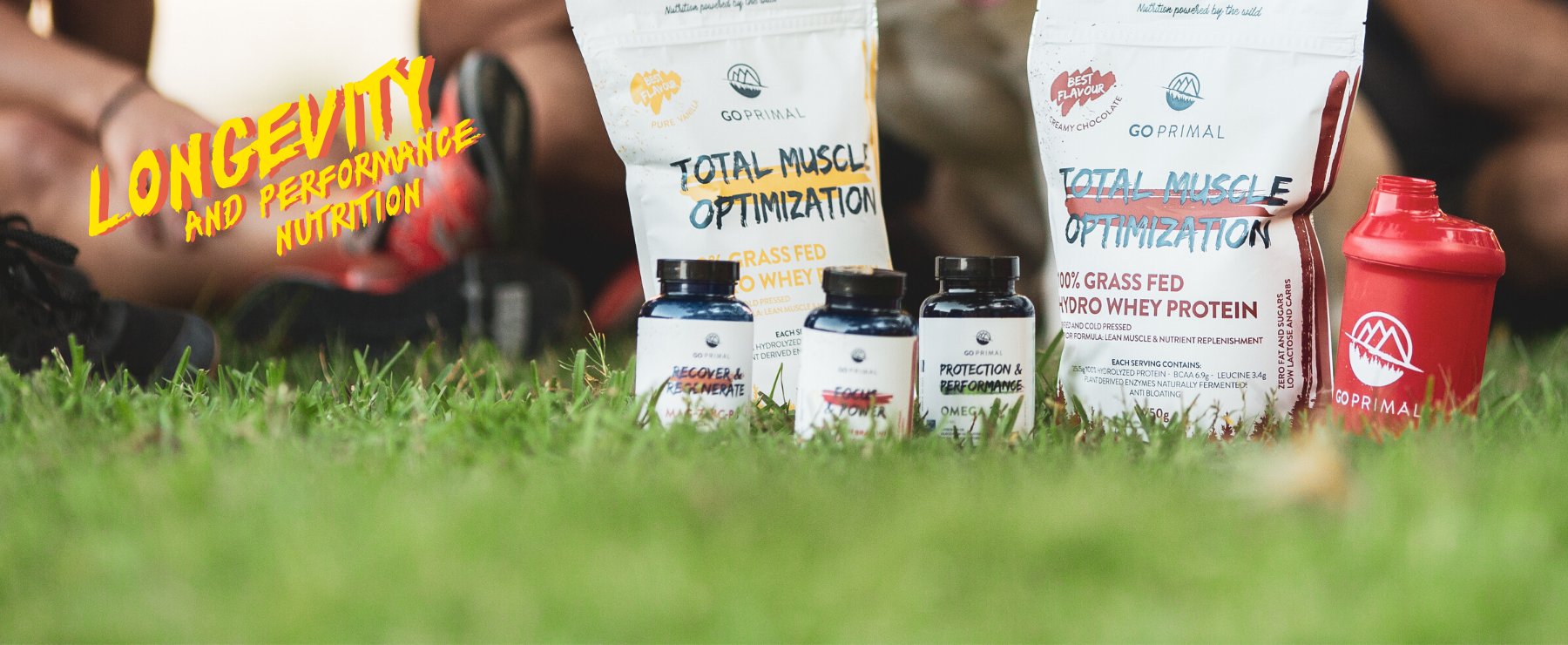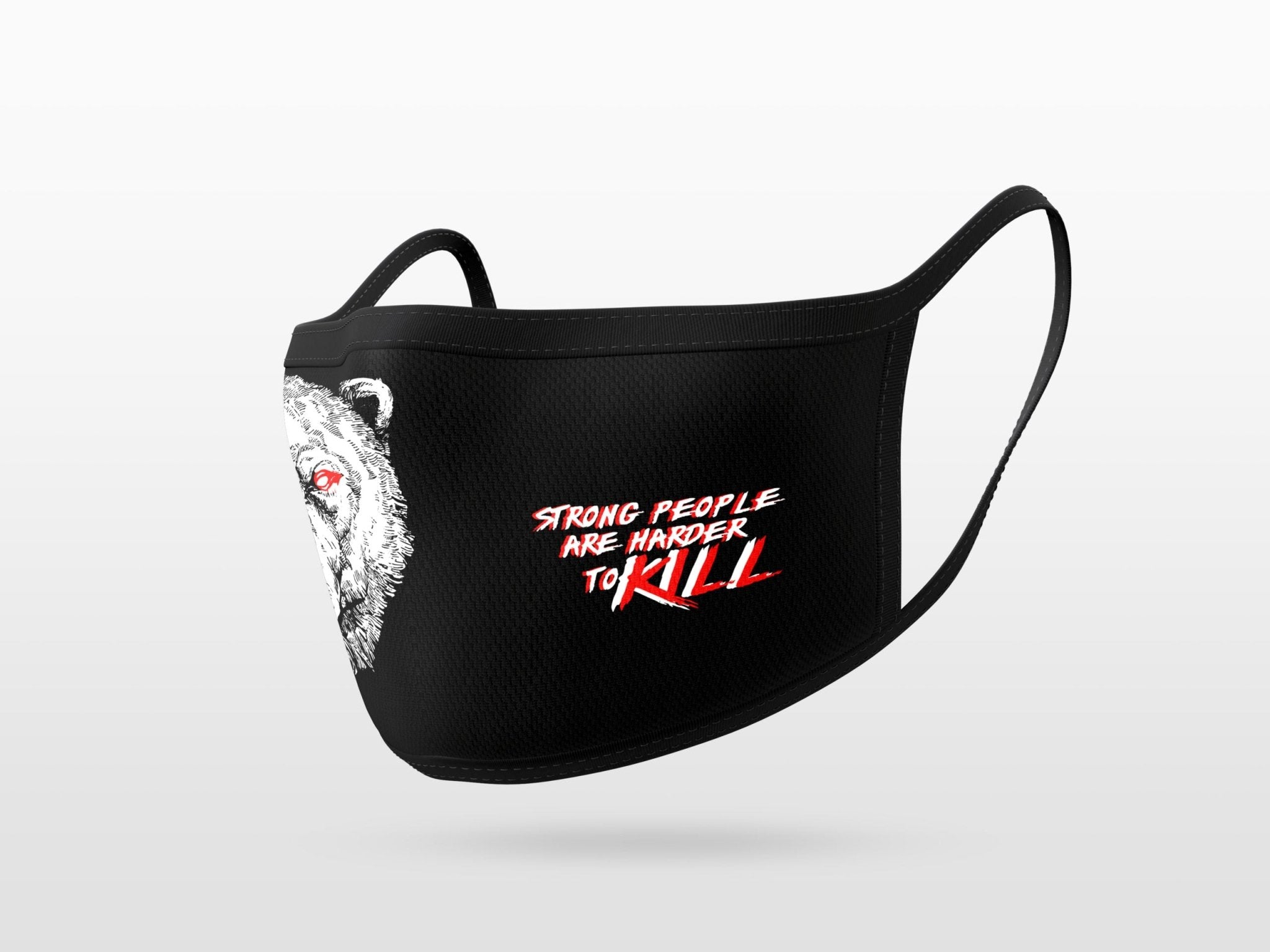How to Use System Thinking
How to Use System Thinking to Achieve Your Health and Fitness Goals More Effectively Guest Post by Manfred, 4legsfitness.com Goals are for losers --Scott Adams
 First time you read this, it may upset your current value model. You may even strongly disagree. At least that was my reaction when I read Scott Adams’ excellent book How to Fail at Almost Everything and Still Win Big. But then Scott describes more details and his explanation makes a ton of sense. In a nutshell: goals alone are not enough. We need systems to effectively and consistently achieve our goals.
First time you read this, it may upset your current value model. You may even strongly disagree. At least that was my reaction when I read Scott Adams’ excellent book How to Fail at Almost Everything and Still Win Big. But then Scott describes more details and his explanation makes a ton of sense. In a nutshell: goals alone are not enough. We need systems to effectively and consistently achieve our goals.
How to get fitter -- why people fail
More often than not, we set goals and then we do not achieve them. There are two crucial reasons why that is: First, we may be good at setting goals. They may even be realistic goals. But then we are not good at building or leveraging the right means to actually succeed in achieving the goal. The process of going from where you are to where you want to be is hard work. If it is too hard, we naturally will stop trying at some point. The message here is to make it as simple as possible to achieve the goal. The second crucial reason is that we often think too simplistic and too linear. In many cases the path to achieving a goal is not as simple as a straight line from A to B. The worthier to goal, the more complex the path will be. Let’s take general fitness as an example. Mary decides to improve her general fitness. Her goal and proof point may be to run an obstacle race under a certain time limit. So, she starts to run. She is quite ambitious and she is doing well. She manages to run a couple of times a week. The day of the race comes. Mary is totally stoked, full of adrenaline. Throughout the race she had to notice that an obstacle race is pretty tough. It’s not just about running. It requires a lot of upper body strength to overcome some of the obstacles. It’s dirt everywhere. Lots of mental toughness is needed. She did not expect that. Her body isn’t used to these demands. She loses energy. She gets hungry. She starts to feel dizzy. Eventually Mary did make it over the finishing line but she missed her time goal by far. How can this situation be avoided? How can we become more successful in achieving our goals?
Enter: System Thinking
Scott Adams’ advice to avoid such a failure scenario is to build systems into our lives. Goals (without explicit systems) are for losers because while trying to achieve our goal we are constantly in a state of “presuccess failure”. This is demotivating. Even if we do achieve our goal, right after we may fall into a void. The only thing that motivated me (my goal) is now gone. Whereas people who have a system feel good every time they can apply their system. That’s a big difference in terms of targeting your energy expenditure into the right direction. So, systems are a good thing. Now, what actually are systems? Systems are a sum of various related parts that make up a whole. The whole is more than the sum of its parts. The whole also has one or more inputs, some capability to process or transform inputs, and then one or more outputs. Pretty much everything can be seen as a system. Our bodies are systems -- very complex ones. A crucial lesson we can learn from system thinking is that all our life situations are a lot more complex than a simple, linear cause and effect relation. Although without a question being fit and living healthy is totally worthwhile, it is complex and involves many aspects. Take Mary. She assumed that simply running a couple of times per week is enough to achieve her time goal at the obstacle race. But it is a lot more than that. She would have been well advised to zoom out and consider the broader picture. The more complex system which involves a lot of more inputs than just running. In order to perform to achieve her goal, she also needs to make sure to train upper body strength, prepare with the right nutrition and get her recovery right. A good system for Mary would have involved at least a structured plan that progressively overloads the stimulus to her body, records her performance, is more holistic to include a variety of different training disciplines, the right nutrition at the right time, supplementation with nutrients that are hard to get from standard diet, and effective recovery techniques. Recovery like getting enough quality sleep or implementing cold exposure routines at the right time can make the difference between success and failure -- not just for high-performance athletes but for anyone. But then of course the complexity of such systems can be overwhelming. There are tons of variables that could potentially play a role. This is where tabbing into a rich source of experience will help. Experience can be leveraged either by working with coaches or personal trainers, or by using models that are based on best-practice recommendations.
Introducing the 4 Legs of Fitness system
We introduced a system that we call the 4 Legs of Fitness. This system helps to take complexity out and make the journey to superior health and fitness more easily achievable. We bring together the four core elements of fitness into one model. These elements are:
- Strength
- Endurance
- Nutrition
- Recovery
The four legs need to be balanced in accordance with your goal. Like a chair becomes unstable or in fact unusable if its four legs are not balanced, the same happens with your health and fitness. You still need to pick your goal yourself, but achieving it will become a lot more realistic and fun by leveraging this model. If you want to find out more about the 4 Legs of Fitness take a look at our bestseller From Healthy to Athletic: How to Master the 4 Ingredients to Superior Fitness in which I summarise the core principles.
How to use systems to achieve goals
In conclusion, two things are important for using systems to achieve health and fitness goals (or any goal really) more effectively. First, you need to have a system in place in the first place. Surely everybody agrees that having goals in life is essential to live a fulfilled life. But in order to actually also achieve your goals you need the right systems. Successful people focus a lot more on their system than they do on their goals. Second, a good system is holistic and takes into account as many essential elements as possible but at the same time reduces the complexity. This is the beauty of a good system. We often do not notice and to not have to understand everything that is happening in the background. A car is a great example of a system. There is a lot of complex technology under the hood. But I don’t need to know all its details. I only need to know how to use it to drive to my goal destination. A good system in line with your goal and in line with your life should be easy to be included into the routines of your life. Then it becomes a habit. This takes the thinking out of the equation, which makes doing the necessary things to achieve your goals successfully and consistently.
About Manfred and 4legsfitness.com
Manfred is the founder of the fitness startup 4legsfitness.com. He is a health and fitness enthusiast, certified instructor and sports nutritionist, multi-sport athlete and overall happy person. He invented the 4 Legs of Fitness model which he published in the bestseller “From Healthy to Athletic: How to Master the 4 Ingredients to Superior Fitness.” Find Manfred at 4legsfitness.com, Instagram or contact directly. 
 First time you read this, it may upset your current value model. You may even strongly disagree. At least that was my reaction when I read Scott Adams’ excellent book How to Fail at Almost Everything and Still Win Big. But then Scott describes more details and his explanation makes a ton of sense. In a nutshell: goals alone are not enough. We need systems to effectively and consistently achieve our goals.
First time you read this, it may upset your current value model. You may even strongly disagree. At least that was my reaction when I read Scott Adams’ excellent book How to Fail at Almost Everything and Still Win Big. But then Scott describes more details and his explanation makes a ton of sense. In a nutshell: goals alone are not enough. We need systems to effectively and consistently achieve our goals.


